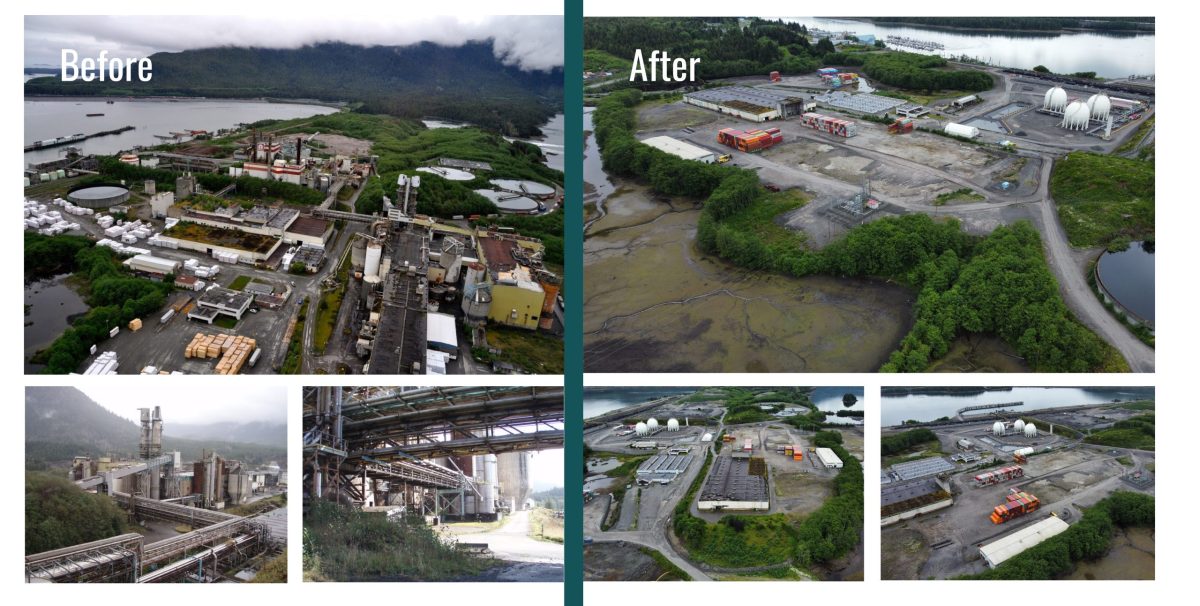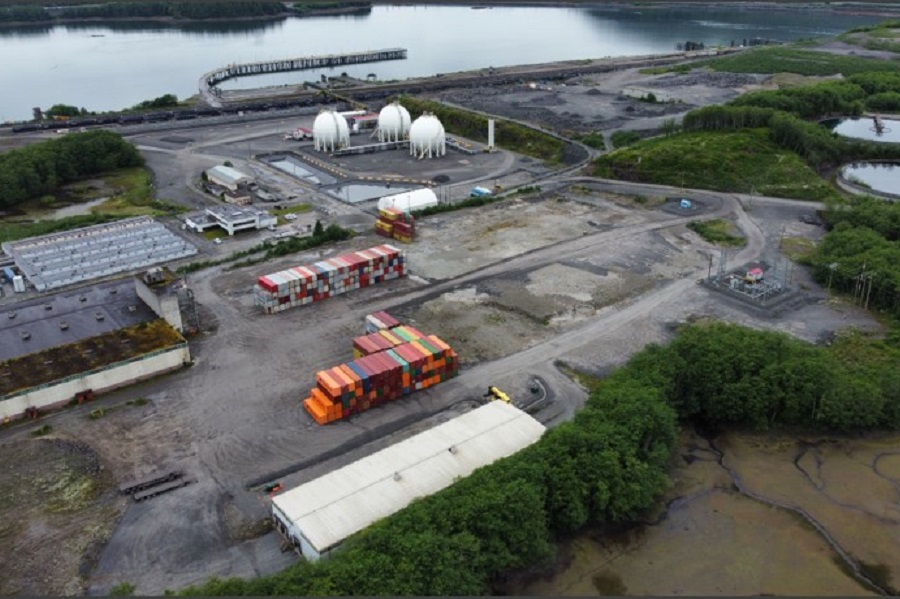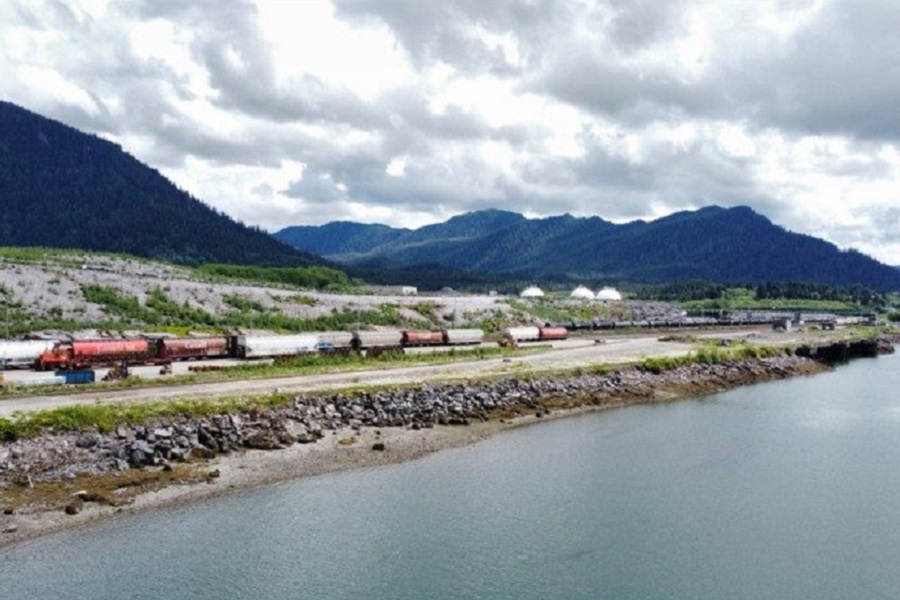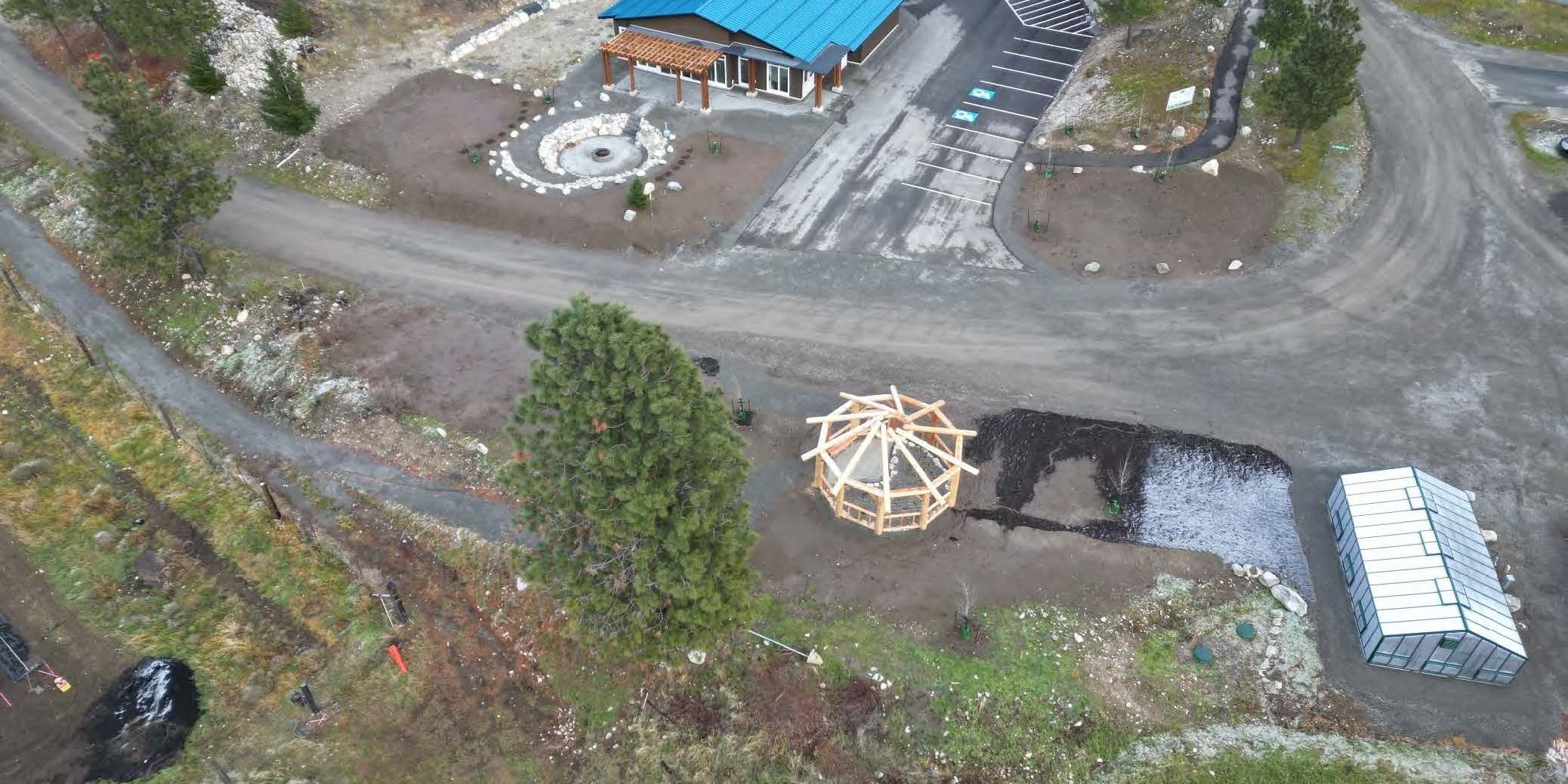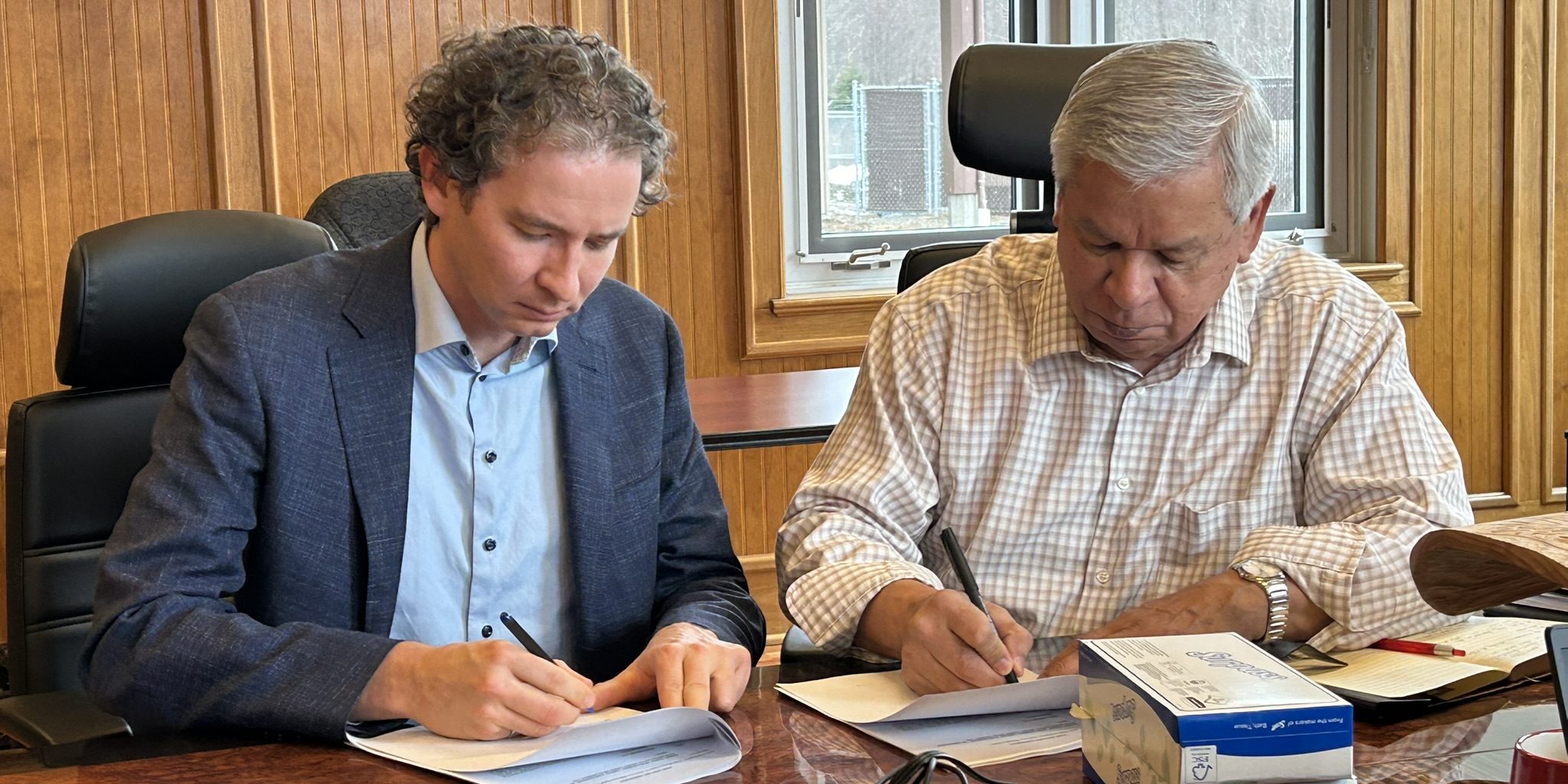Watson Island Redevelopment Project
2017-2022 | Prince Rupert, BC
Because of the Watson Island Redevelopment Project, the Prince Rupert community has witnessed a new beginning for the site of a former pulp mill. This project resulted in reduced environmental liabilities and increased benefits for the local, regional, and Western Canadian economies.
From 1955 to 2001, Watson Island served as a pulp mill, following its use as a weapons storage facility for the Canadian Military during World War II. In 2009, the City of Prince Rupert (the City) became an unwilling owner of the site through tax default, initiating a 13-year process to redevelop the site. In addition to other liabilities, the site contained approximately 13 million litres of mill fluids and over 100 vessels of unknown condition. Collaborating with the BC Ministry of Environment and Climate Change Strategy (ENV), the City developed a remediation plan to redevelop the land, paying attention to environmental and economic outcomes while minimizing logistic concerns.
Decommissioning and demolition of the mill started in 2015. In 2017, an industrial partner decided to lease a portion of the land. The ENV requested Certificates of Compliance (CoC) be issued for the lands to be leased by the industrial partner with an Approval in Principle (AiP) for the remaining lands; both instruments were required prior to occupancy.
McElhanney was retained by the City to complete the AiP application and CoC submission to ENV. In total, there are more than 50 areas of potential environmental concern (APECs) on Watson Island, including significant historic landfill operations and areas used for maintenance, chemical processing, and wastewater treatment.
McElhanney has worked with the City and an industry partner to redevelop 20% of the more than 50-acre property. This included a risk-based CoC and AiP for the remaining lands. Like many pulp mill sites, the island has several landfills (historical and active), a marine discharge permit, historical infilling, an active rail yard and siding, marine access, and several large lagoons. The site has complex geology that includes varying thicknesses of fill and peat over bedrock, buried marine sediments, historical foundations, and an unmapped network of former utility trenches and corridors, soft sediment, and wood waste.
This assignment required working directly with ENV, the City, and other stakeholders due to the complex history of the site, and the multiple known and suspect sources of contamination and existing permits. Our approach reduced remediation costs (initially estimated at $12M – $15M) to less than $2M. McElhanney achieved this by reusing soils on Watson Island instead of using offsite transport. This strategy removed the need to transport 100,000m3 of soil from Watson Island for offsite disposal, which reduced the carbon footprint of the remediation and saved significant wear on the local highway and arterial road infrastructure.
This project was the first of its kind approved by ENV where a proponent-driven process was considered. It is now being used as a model by ENV on similar projects, particularly where municipal government is directly involved in the project as the owner of the lands.
This project earned a 2022 Brownie Award of Excellence for Best Large Project from the Canadian Brownfields Network.
Contact our Environmental Team to learn more about this project
Brian White, P.Eng., Senior Environmental Engineer
E: bwhite@mcelhanney.com | P: 778-677-1416
Sean Carlson, P.Eng., Project Engineer
E: pscarlson@mcelhanney.com | P: 604-828-0214
McElhanney provided:
- Stage 1 Preliminary Site Investigation (PSI)
- Stage 2 PSI and Detailed Site Investigation (DSI)
- Remediation plan
- Human health risk assessment
- Confirmation of remediation plan for the CoC
- Soil, sediment, groundwater, and surface water management plans
- Engineer of Record support and design
- Long-term compliance monitoring and support
- Marine effluent monitoring and assessment within the marine environment
- Landfill permitting and closure planning
